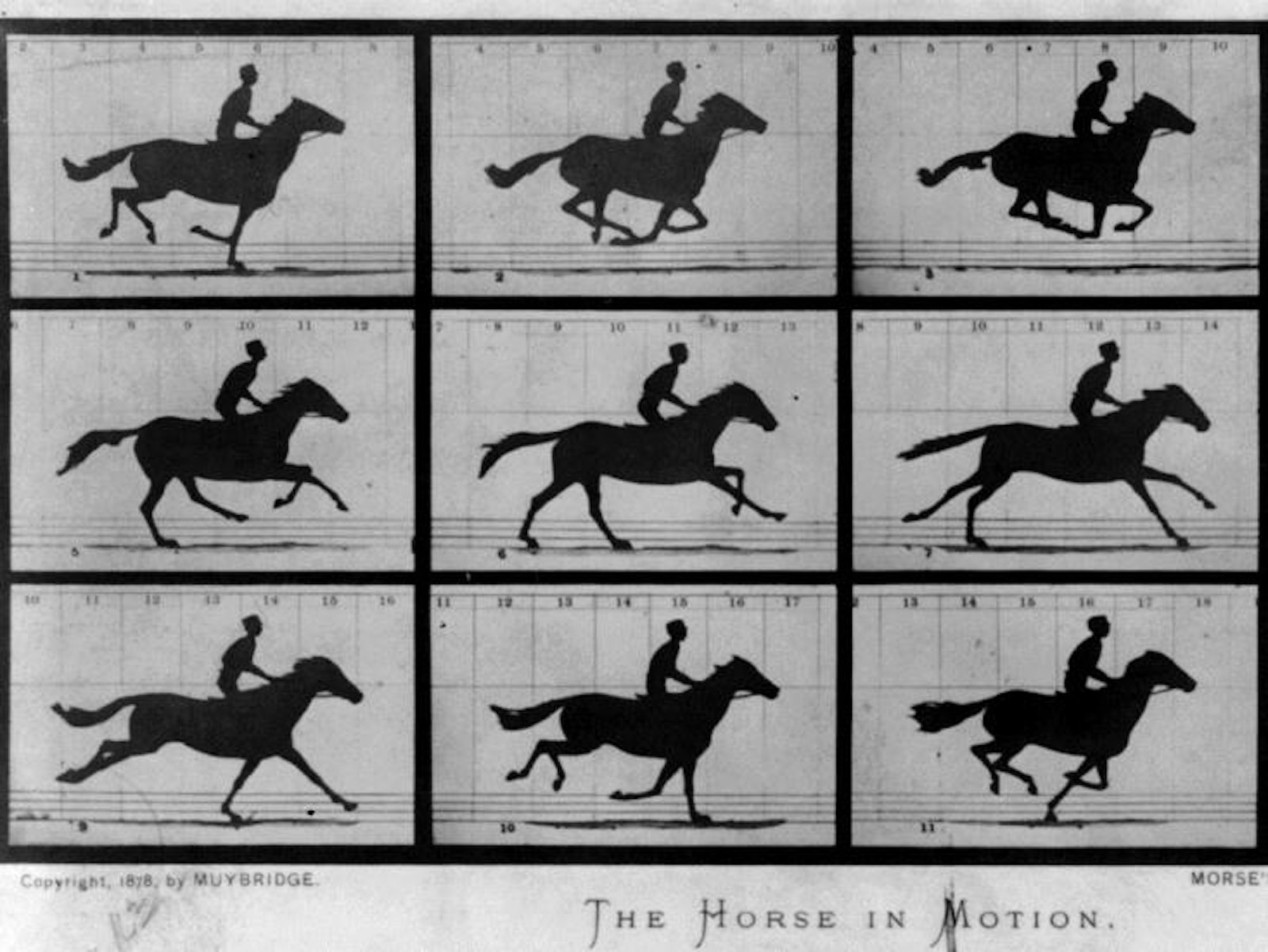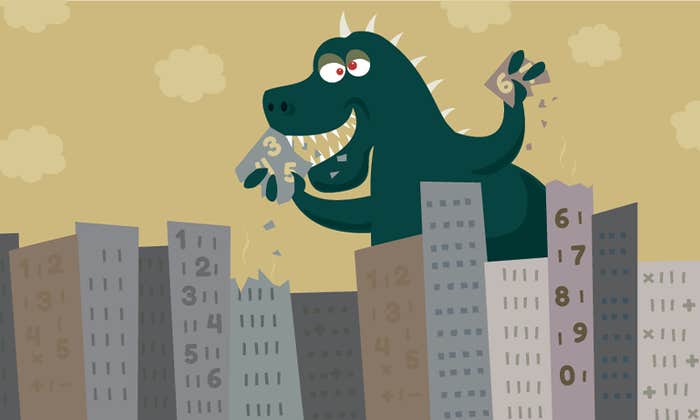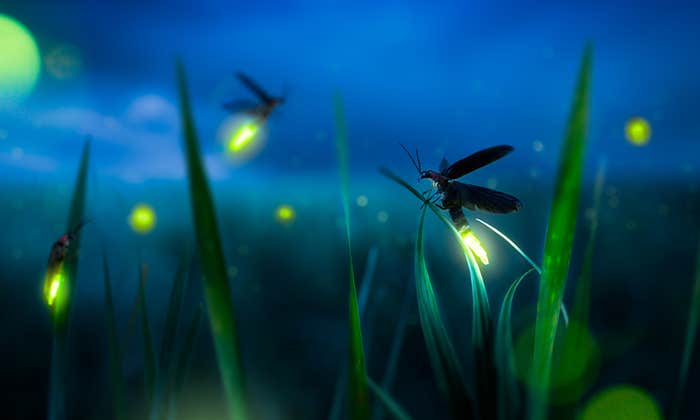When Eadweard Muybridge captured the movement of a galloping horse in individual frames in 1878, he managed to settle a long-running debate over how that animal runs—specifically, whether there was any moment when it had all four feet off the ground. His pioneering stop-motion photographs showed how slowing the world down provided a powerful way to study it better.
Photography has since then advanced dramatically, with high-speed cameras able to slow down fast-moving things to a fraction of their original speeds. Meanwhile, time-lapse cameras give us a new understanding of some of the slowest processes in nature by speeding them up to scales we can appreciate. Long gone are the days when a cat lapped too quickly to see, or starfish scuttled too slowly for the eye to detect.
So how fast does a cat’s tongue actually move? And how slowly do starfish really crawl? Take our quiz, full of sped-up and slowed-down animations, to see how well you know the world moving all around you.






























